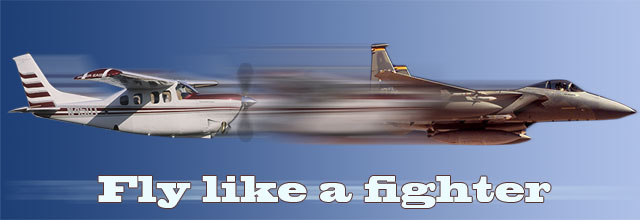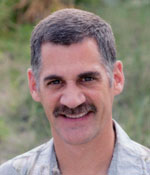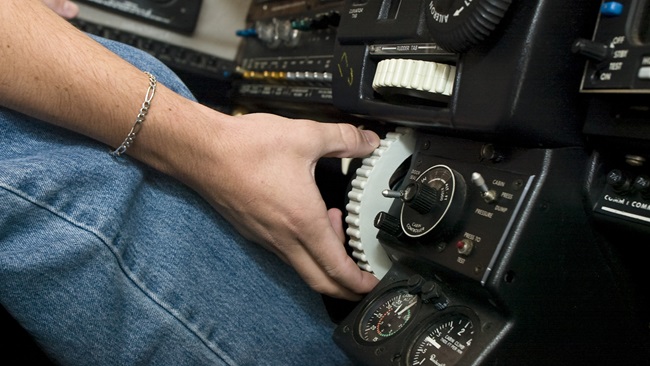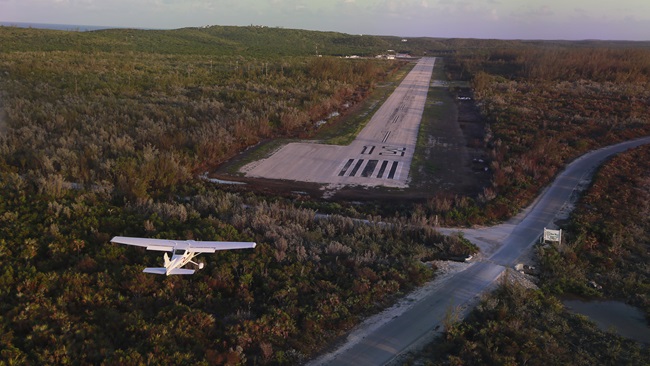Fly like a fighter: Full speed ahead

I was playing bandit at the final knock-it-off and was about a mile behind and slow (about 220 knots) when the instructor called to FENCE out and rejoin. The FENCE check is an acronym we used to set up our systems and switches going into then out of hostile territory—or the military operations area for a training mission.
 I advanced my throttles to "military" (full power without afterburner), then took advantage of the time to get my cockpit organized for the return to base. Once I rejoined to close formation I would need to spend my attention flying formation and not looking at maps or resetting switches. After a few moments I crosschecked my progress on the rejoin and still had quite a distance to travel. I continued with my in-cockpit setup, making sure my Master Arm was safe, my radar was reset for the recovery, and the maps I had stowed for the MOA training were now back out of the map case and accessible. I alternated between crosschecks and in-cockpit checks.
I advanced my throttles to "military" (full power without afterburner), then took advantage of the time to get my cockpit organized for the return to base. Once I rejoined to close formation I would need to spend my attention flying formation and not looking at maps or resetting switches. After a few moments I crosschecked my progress on the rejoin and still had quite a distance to travel. I continued with my in-cockpit setup, making sure my Master Arm was safe, my radar was reset for the recovery, and the maps I had stowed for the MOA training were now back out of the map case and accessible. I alternated between crosschecks and in-cockpit checks.
It’s amazing how stupid we can be when we are inexperienced, and still survive. But the Air Force had trained us well enough that an accident was avoided. For starters, my instructor knew to always monitor his wingmen. While he was doing his own in-cockpit tasks, he was also aware of the situation developing with my rejoin and so was prepared to take action if necessary—essentially a split second after I already made my move. I was able to maneuver away from him without much thinking because this had been practiced—just like a go-around or stall recovery performed in any airplane we might fly.
The root cause of the problem was my extended heads-down time. At 220 knots, even with its powerful engines, the F-15 accelerates slower at this slow speed than when faster. Hence the saying, “the faster you go, the faster you go faster.” My sense of time was thrown off at the beginning of the rejoin because I was farther away and accelerating less rapidly. So each time I looked up I wasn’t gaining much ground. I obviously kept my head down too long near the end of the rejoin.
Whether it is maintaining a crosscheck on a pattern and landing, an instrument approach, or searching for traffic, there is generally a specific timing and sequence to look at things in and out of the cockpit. The key is to be deliberate about where your eyes are looking, and for how long.
Larry Brown of Denton, Texas, is a retired U.S. Air Force F-15 pilot who is using the lessons he learned as a fighter pilot as a GA pilot in his Cessna P210. Brown, who has 2,900 hours total time during his 35 years of flying, also was an instructor pilot and flight examiner in the Air Force T-38 and instructor pilot in the T-52, the military’s version of GA’s Diamond DA40. See previous installments of “Fly like a fighter.”


